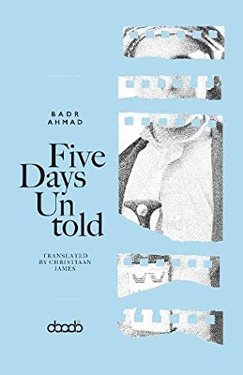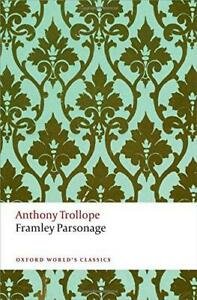On a small, sparsely-populated and remote Irish island there is an ageing population that still speaks their native Irish language, but they are steadily dying out. One of the remaining youngest island residents is James who prefers to speak English and be addressed by his English name rather than his Irish name Seamus. Two foreigners separately travel to this island for their own purposes. There is irascible London artist Lloyd who wants to create paintings that capture the island's beauty and its inhabitants. He hopes to produce great works that will establish him as the “Gauguin of the North”. There's also Frenchman Jean-Pierre, a linguist who has been making excursions to the island for many years to record how the “purity” of this spoken language is slowly changing with the increasing influence of English. He wants to write an account of whether true Irishness can be preserved and Lloyd's presence is mucking up his plans. The two bicker and clash over their right to be on this island. The actual residents of the island grudgingly tolerate both of them as they are paying guests who bring in much needed capital as the native fishing industry has also been dying out – quite literally as both James' father and grandfather died at sea.
This is a slow burning drama that builds to say something much bigger about notions of national purity and colonialism. I admire how Magee approaches this on a very human level – as she did in a very different set of circumstances in her powerful debut novel “The Undertaking”. This new novel opens with a very funny scene where Lloyd insists on being ferried out to the island via an outmoded form of boat transport that's so rocky he's frequently sea sick. However, the heart of the novel is with the character of James who is caught between two worlds and whose opportunities are very narrow. He desperately wants to avoid following the family tradition of becoming a fisherman and finds a new passion in painting from his interactions with Lloyd. It's so moving how he develops an affinity for the spiky gentleman and what he can offer him as Lloyd suggests the boy's natural talent might go down well in the London art scene. Conversely, James is repulsed by the attention of Jean-Pierre who tries to get James to use his Irish name and preserve his native language. This all raises such strong questions about the meaning of national identity and who decides the fate of individuals and a distinct group of people.
Interspersed with the narrative about life on this island are short - almost journalistic - accounts of victims of The Troubles. These brief glimpses into lives that have been destroyed have the sobering effect of showing how ordinary individuals and families suffer while issues to do with Irishness and colonization are being more violently fought over. Even on the remote outpost of this island this longstanding war touches its citizens. Though Lloyd and Jean-Pierre believe their presence is benign or altruistic, they have a pernicious impact on James who finds himself left in as hopeless a position as before they arrived. The same is true for James' mother who (against the wishes of her family and the community) models for Lloyd and expresses her desire for a sense of permanence in Molly Bloom-esque soliloquies. The effect of this story is haunting. Its writing is so finely tuned with dialogue which fully brings to life these characters and their points of difference. Magee conjures a sense of tragedy that is very moving and impactful.























